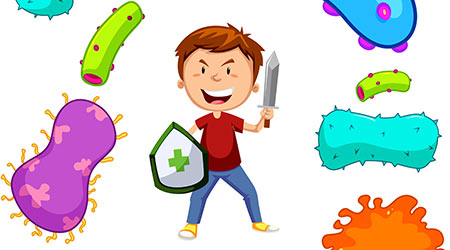
Each time we tell our kids to go wash their hands, the response we get is “but my hands are not dirty”. As children, they do not have the knowledge of how they contact germs, and how they are to take care of themselves to prevent these germs from getting them sick. When kids get sick, they become helpless; unable to attend school and even play. You as a parent can only try your best by ensuring necessary attention is paid to them whenever they are around you. But who will do that when you are not with them? With the recent outbreak of the virus COVID-19 also known as Coronavirus, people are now admonished to take washing of hands with soaps seriously.
Little kids have little or no knowledge about what this is, but there are ways whereby you can teach them about germs without scaring them and how they can take good care of themselves. Germs are everywhere, they cannot be seen to the naked eye, which is why you should not assume your children should not be taught about the true nature of germs. So how do they operate? Once these tiny unseen germs enter our bodies, they want to stay there by feeding on the nutrients in us and releasing toxins into our bodies. These toxins are the things that get us sick, causing fever, vomiting, flu, etc. Doctors extract either blood or urine samples from a sick person to see what germs are causing the sickness. Further samples are carried out on the samples collected to help identify the germs inside such a person.
Explaining all of these might sound confusing and too much for a kid. However, employing easy fun-filled ways will help little ones understand better.
How to explain germs to kids?
1. How do germs spread?
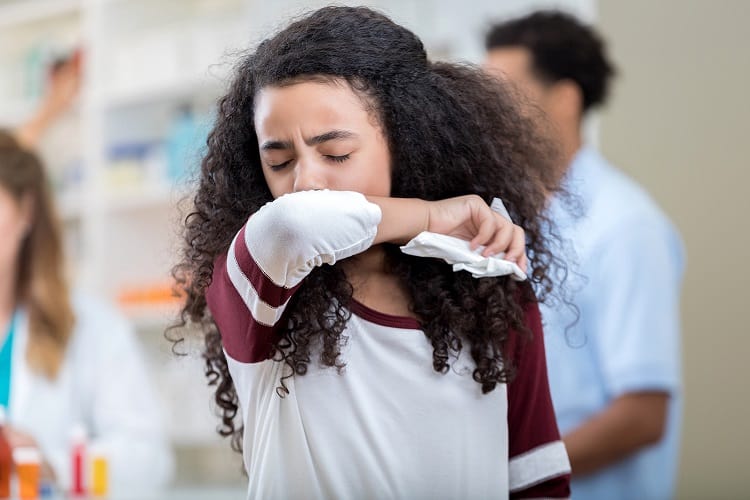
Harmful germs spread when we sneeze or cough without the proper covering of our mouth. In the same way, if we sneeze in our hands and use the same hands to touch objects, the germs are transferred to the objects too.
2. How do we prevent the germs from spreading?
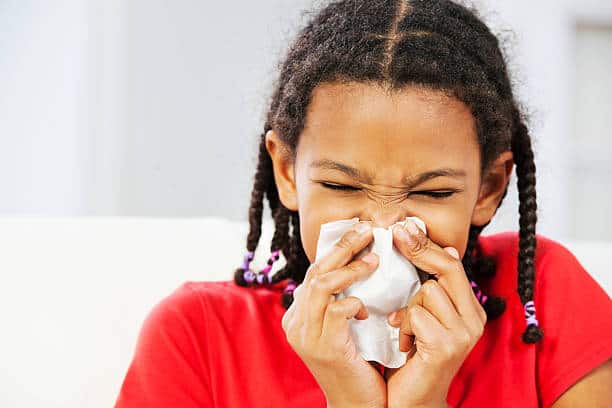
Prevention they say is better than a cure. You need to let your kids understand that it is better to prevent these germs from spreading by maintaining proper hygiene. Tell your kids these;
To cover their nose and mouth with tissue/ handkerchief whenever they cough or sneeze.
If peradventure they used their hands, they should wash it with soap and water before they go ahead to touch other objects like books, pencils, toys, etc. to prevent spreading the germs there too.
They should avoid sharing items, food, and touching sick classmates.
3. The right way to wash hands
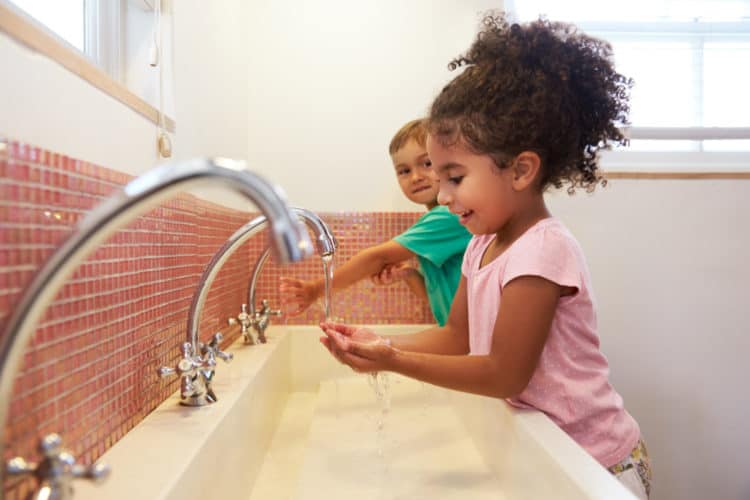
Germs on our hands enter the body when we refuse to wash them. We then unconsciously put our hands into our mouths. Teach your children to wash their hands following these steps
Step 1: Hands should be washed under a running tap.
Step 2: Tell them to put the soap in the palm of one hand, and rub it with the other palm all over the two of them including the nails and middle of the fingers.
Step 3: They should rub and rinse under a running tap for at least 20 seconds.
Step 4: they should rinse the hands with cloth or paper towel. If a paper towel is used, it should be disposed of.
The aim is to teach kids why they should place importance on their hygiene and what causes them to fall sick. Try not to put fear in them when doing this. Therefore, you can make the interesting by performing some fun activities.
Fun activities to teach kids about germs
1. Glitter activity
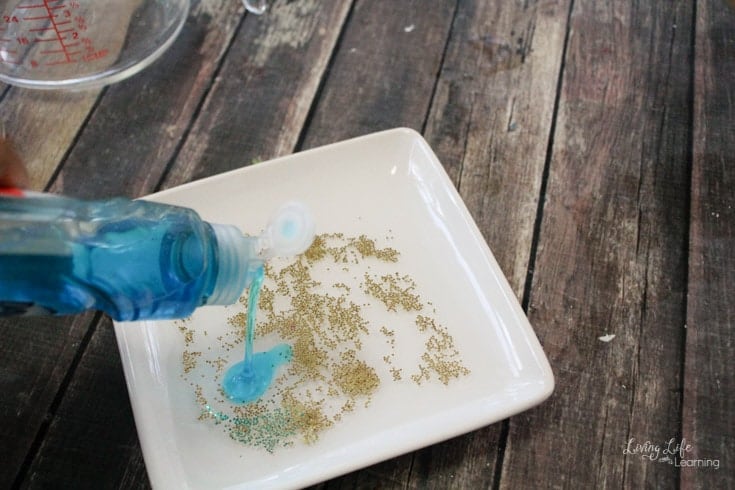
This is one of the most common ways to show kids that washing hands with water alone won’t help get rid of germs. Get glitters and pour them in water, ask the kids to play with the water for a while. Tell them to imagine the glitters that stick to their hands as germs. They should try and rinse with water alone first, and then also with soap. After the glitters have been washed off with soap and water, they will see the difference and then realize the importance of soap in the washing of hands.
2. Confetti
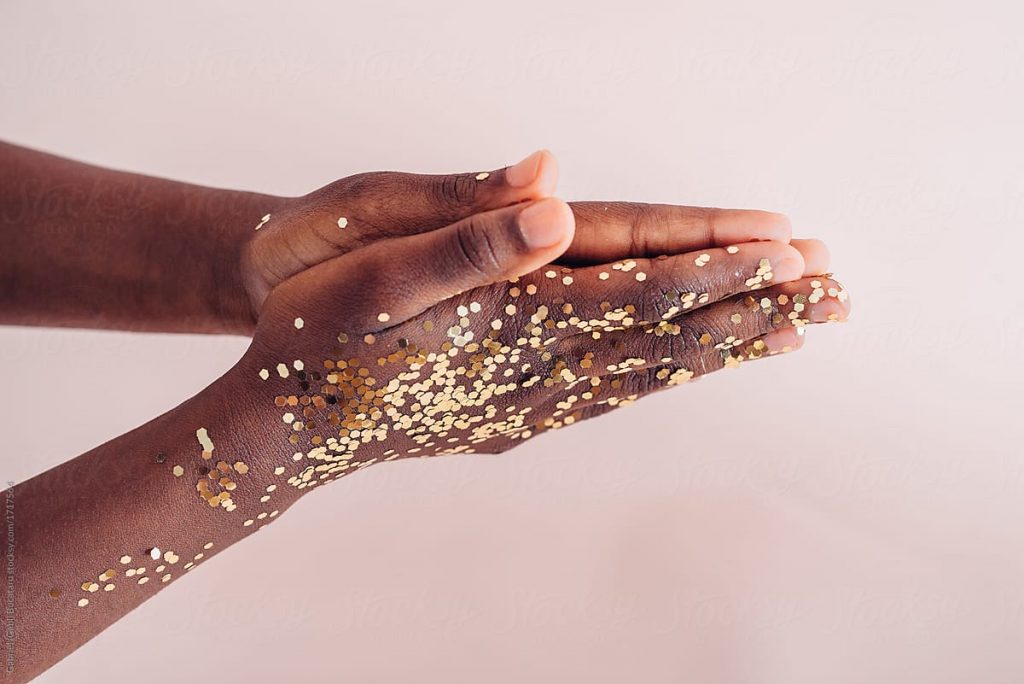
If your child is fond of sneezing or coughing without covering his/her mouth, confetti is a good way to demonstrate to them the impact of that to people around them. Put some confetti into your hand and pretend to sneeze making the confetti fly around you. Tell your children to see the confetti as germs, and see how far germs can travel when we refuse to cover our mouth when we sneeze.
3. Pepper and water test
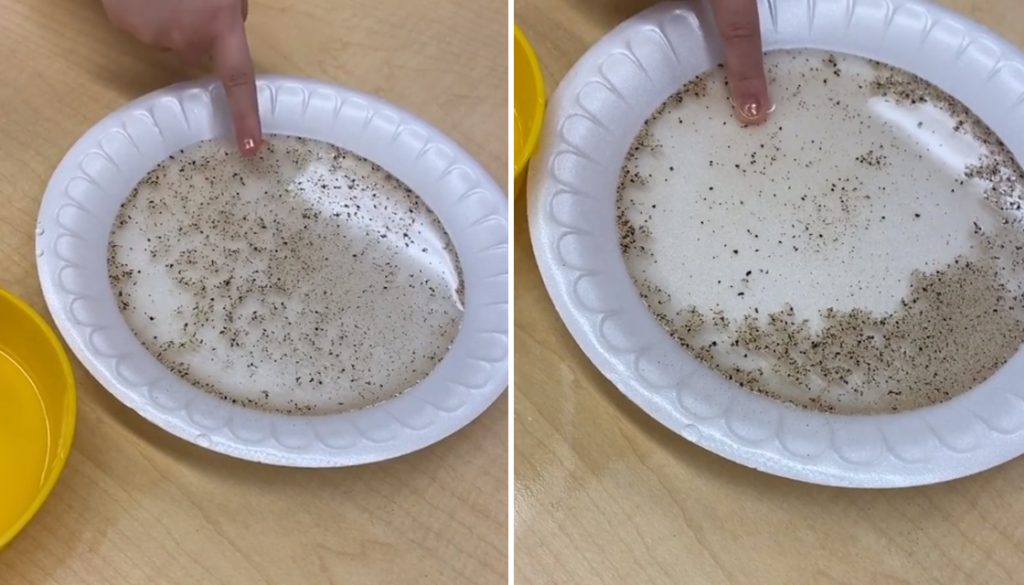
As a result of the recent increase in the cases of Coronavirus which has turned to a pandemic case, a school teacher did a test to teach kids why it is important to wash their hands with soap and water. Black pepper was sprinkled into water that was placed on a white plate; she described the black pepper as the virus and told them to put a tip of their finger into the water. particles of pepper which in this case are tagged as virus are seen at the tip of their fingers, she then told them to put another tip of a finger into soap and dip it back into the water. At that moment something amazing happened, the black pepper (virus) parted ways. amazing right? this test is a very good way to teach kids the importance of washing hands.
4. Songs
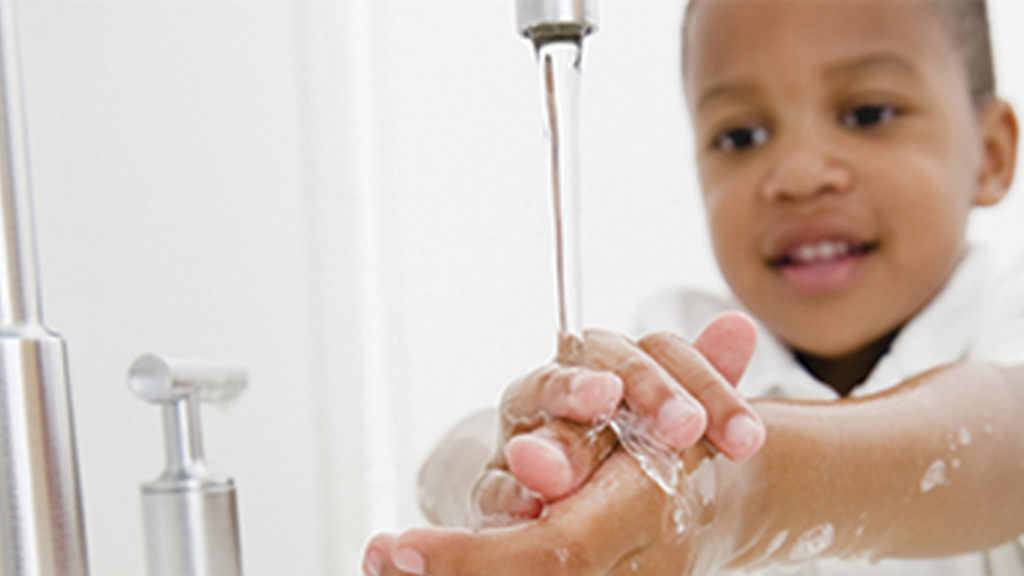
Kids love music and singing, especially if the song connects with what they are doing. Motivate your kids to pick up the habit of washing their hands using those 4 steps by introducing a song. Here is one;
This is the way we wash our hands
Wash our hands, wash our hands
This is the way we wash our hands
Everyday
It is important to teach our kids about hygiene, ensure you do not confuse them. If you still notice your child has not picked the habit of washing hands before eating, or after playing dirty, do not get angry, rather explain to them stating- the consequences of doing so. Remember, keep the learning fun, and be a good example for your kids to emulate.